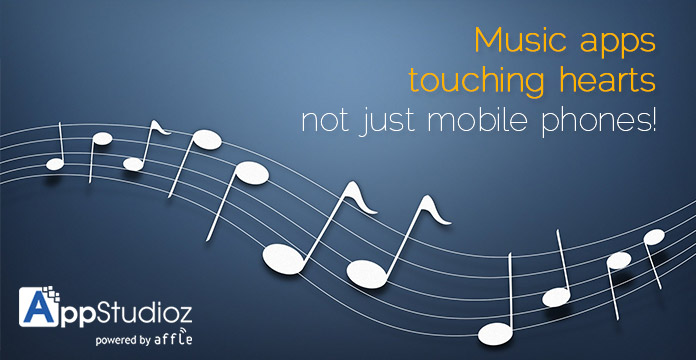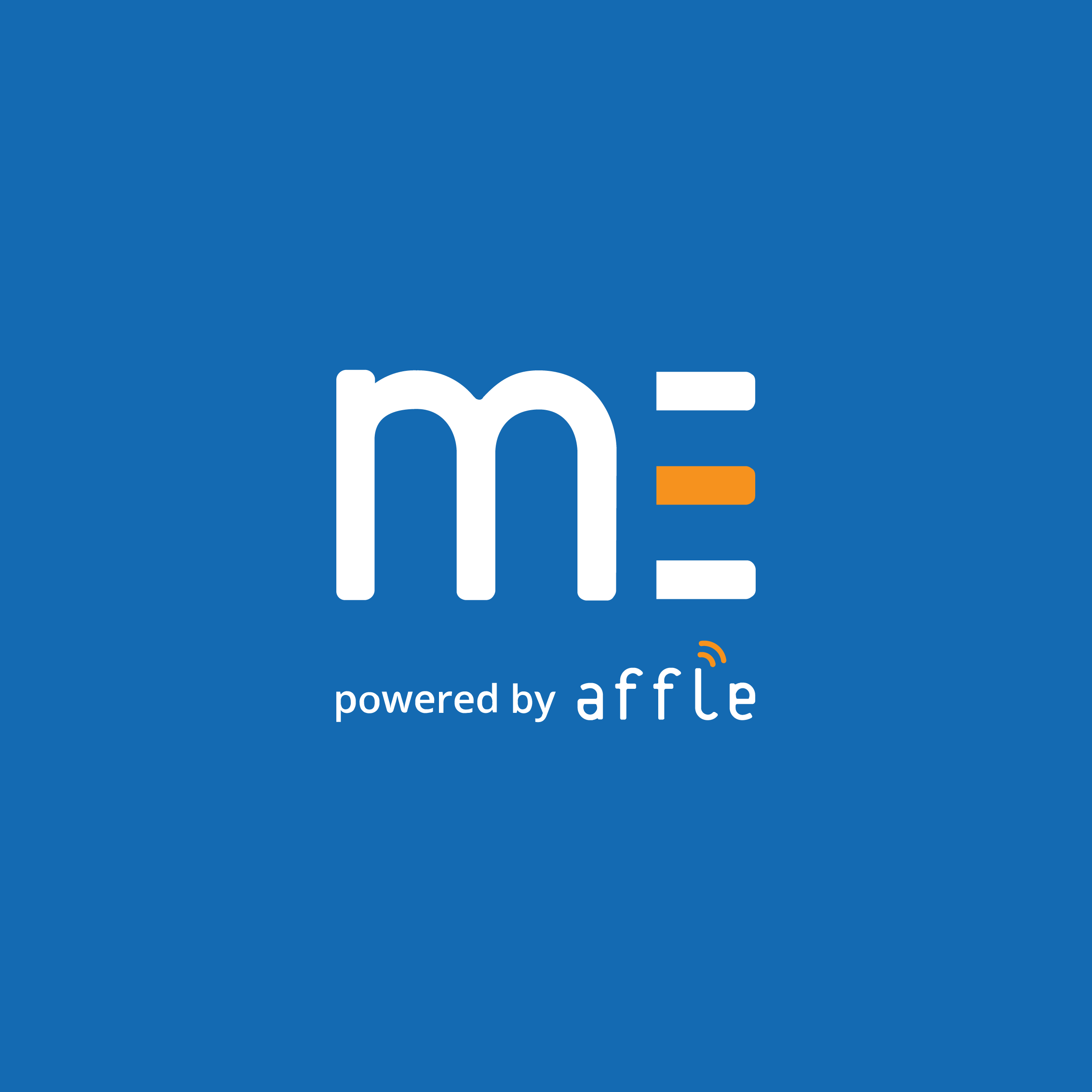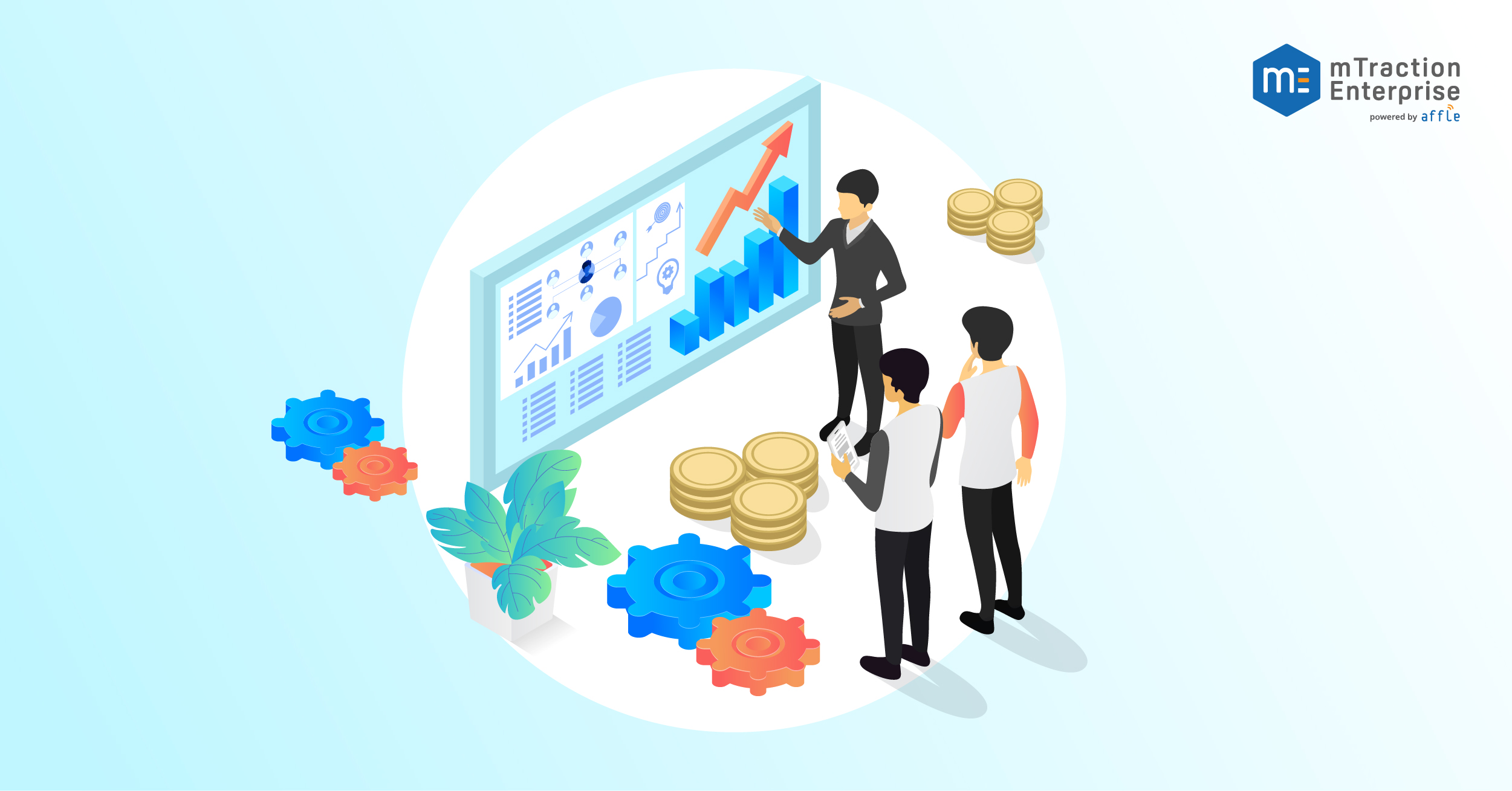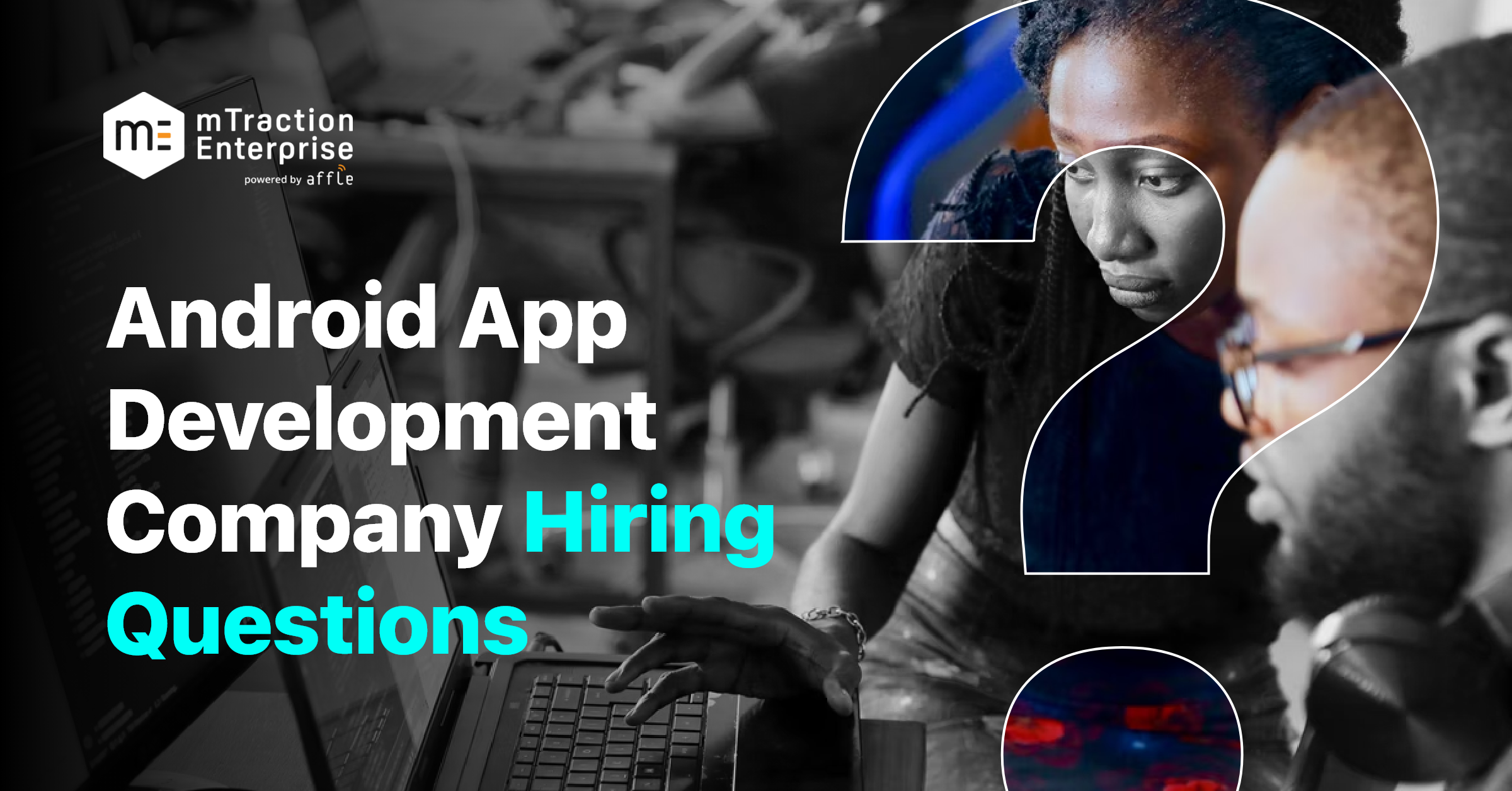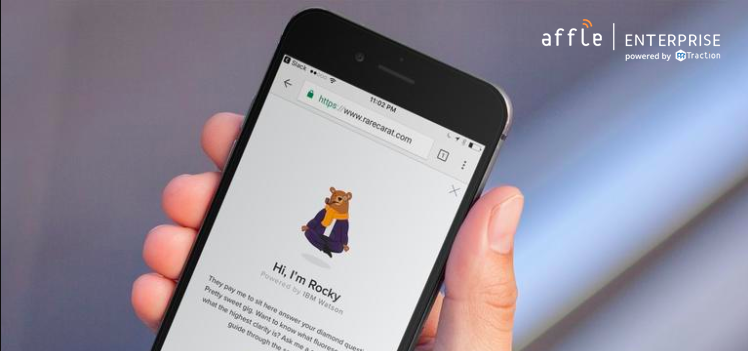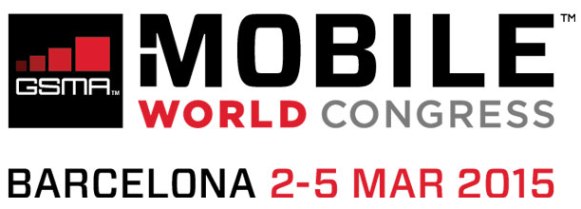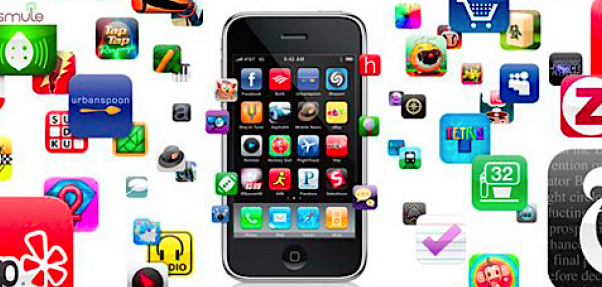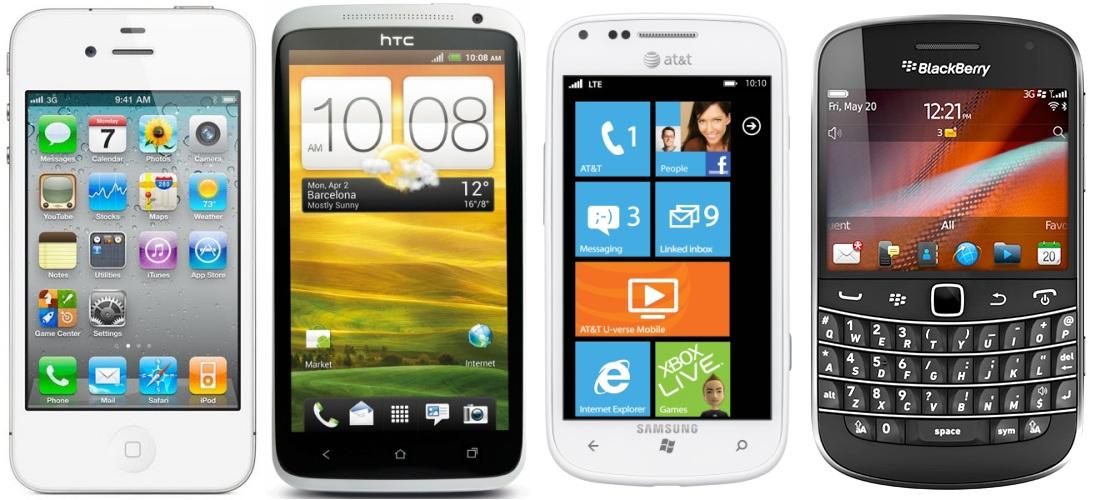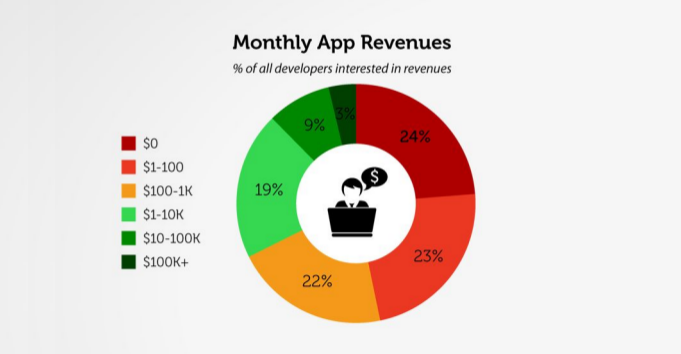Music is with us more than any of our friends, be it while traveling, working, or in any other sport. Are music apps becoming our all-time resolute? With the level of satisfaction music serves, the demand for the same grows manifold. How does music, such a simple medium of entertainment, become the biggest buzz in the commerce industry?
Given the buzz, is there any art or science applied to the development and marketing of music apps?
The Art Upfront
According to a
study by KPMG, the music industry was valued at $155m in 2014 and is expected to grow to $300m by 2019. While the music industry in India is positioned at the 20th position today, it is expected to rise up to 10th by 2019. Within this growth, 55% of the music industry is growing through mobile apps. Music apps have gained significance in no time, but how? Music apps mostly let you listen to your favorite songs for free. Music app premium subscription, on the other hand, lets you listen to songs offline also. But is this only how music apps make money? If yes, how many people are actually subscribing to such plans?
Music apps have two different criteria of earning. One of the two being through monthly subscriptions, which FYI in India is extremely low. Apple charges Rs 120 whereas Saavan, Gaana & Hungama charges Rs 99 for their monthly subscriptions. According to
Deloitte’s research on digital media, the current penetration of the subscription of music within these apps is less than 1% in India. The second option left with the music apps is to grow richer is through advertisement. These applications have a wide user base which they use to their advantage within the mobile advertising domain. This user base can bring several downloads to another application. This is how music apps apply themselves to make it into the industry and stay while in profit.
The Science Behind
Music apps involve downloading, streaming and playing. Not many of us know the difference between all three and hence confuse them within each other. The whole game of being able to listen to the music we love begins within packets. Packets are small-sized data segregations which travel to deliver what we demand within the internet. The music we want to listen is sent through the server, to us in specific coding segregated into small data packets. The reason every file is cut short into small packets is to deliver efficiency which comes with lighter data transfer. A song when downloaded plays completely but when we stream the same song, it will play as and when a sufficient number of packets have been transferred. This is also the reason why a song gets played in the middle of the buffer.
Another aspect of music download is that music downloading has nothing to do with the playtime of your music file. It could take 2 minutes or 2 hours, depending upon the internet speed, size of the file or the app traffic. Packets are often lost during streaming in various apps due to compression which causes a compromise in quality. Such is the case of audio or music in Whatsapp. Where on one hand it provides a compressed file, on another the quality suffers.
Streams use real-time streaming protocol within which files are compressed, encoded and decoded. All of this happens with the help of a plug-in which works as an integral part of the mobile application.
With the combination of all the above, a song or a video reaches out to the end-user from a packets phase to a complete file with absolutely no interruption. Thereby, enhancing user experience.
The Buzz
Apart from the art and science of music apps, an extremely significant issue is the user experience within the application. While on one hand almost every music app provides a similar looking interface, we at Affle enterprise have an objective to enhance user experience. With the similar zest, we built an app for Mahindra Comviva called Moodit, currently the most popular music app running in Nigeria. With a rating of 4.0, the app has been consistently the favourite amongst the heart of many. Our objective was engage our users in the interface they would love. Afterall, the ultimate goal with mobile app development is not to reach to the customer’s mobile, but their heart.



